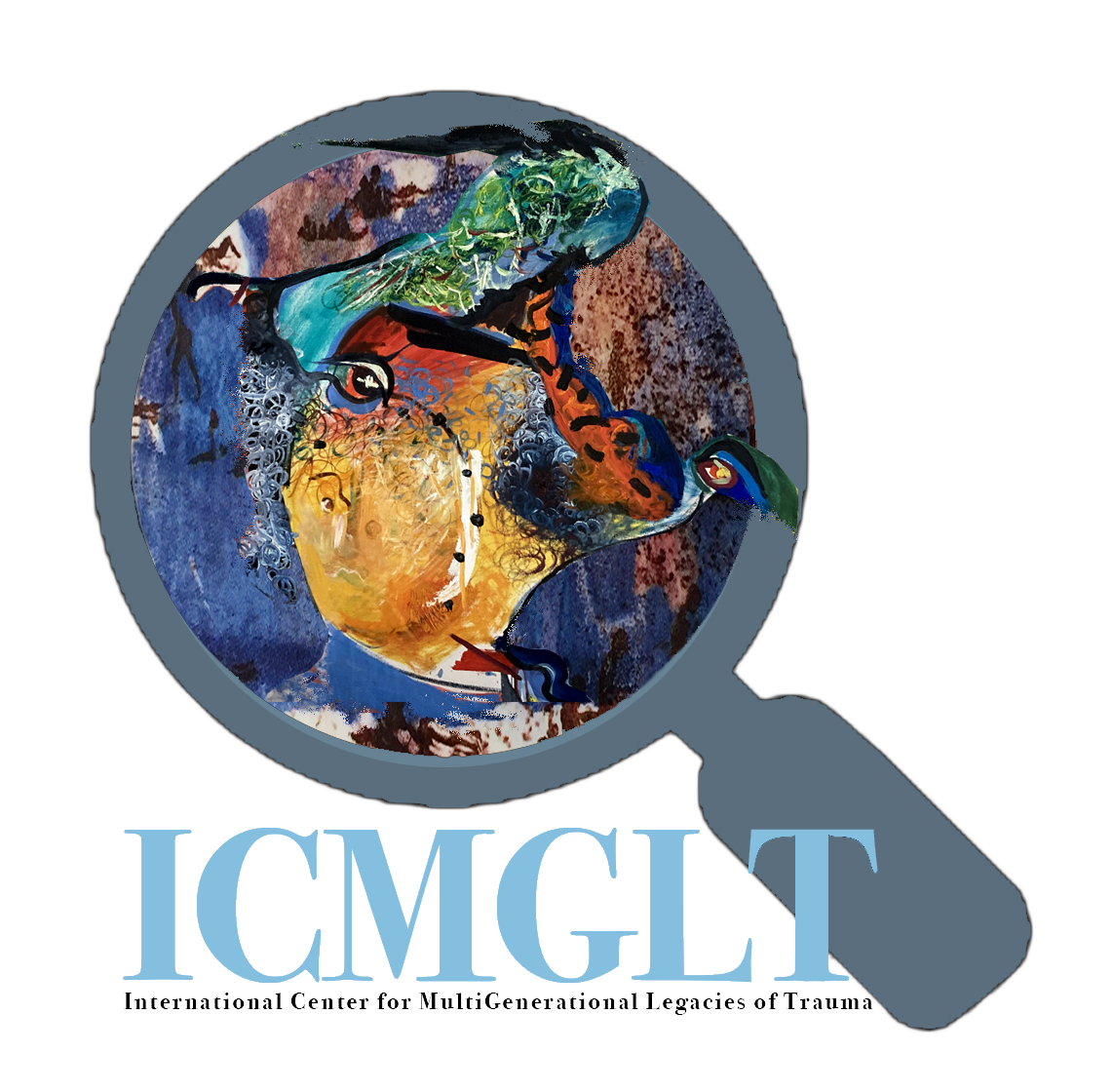Leigh, K. T. ,& Davi, M. D. (2017). U.S. Public Education: The Ivy Tower of Historical Trauma.
Introduction
The ivy-covered homes in poor black neighborhoods are worn like statues exposed to years of relentless acid rain: their once-hard edges and crisp details softened, obscured, and even disappeared. Such ivy- covered neighborhoods stand as symbols of people whose histories remain fraught with colonialism, enslavement, and resistance and who await seemingly inevitable further decay. Even though worn and in some cases nearly covered by vines, these houses nevertheless stand firm against social and economic gentrification which lurks nearby, an undying colonialism that frames newly built structures which promise only false renewal and which themselves creep toward dismemberment of people of color’s living communities. When glimpsed through the eyes not of neoliberal economic progress, but of history, the same poor black neighborhood’s ivy covered homes are revealed as dangerous repositories of communities of color’s traumatic memories. Trauma challenges the current, colonial progression of the populous, becoming “dangerous” to progress (Zembylas & Bekerman, 2008). This invasive, neoliberal, colonialist enterprise of gentrification, like ivy and acid rain, sets about to mask and attempts to erase traumatic memories, toxicity, and enslavement endured by people of color. In the exalted, profit- hungry, race-blind neoliberal economic enterprise, only ivy-obscured houses appear to be at stake, but what is actually at stake are the lived experiences of people of color, communities that remain testaments of persistent, proud resistance to oppression. The metaphor of creeping ivy as colonial infiltration and gentrification extends to education because within schools oppression grows unchecked because white educators do not attempt to understand the student of color who bravely stands in resistance even as he or she becomes re-enslaved by the policy and practices of schooling. U.S. educational policymakers and practitioners employ the false promise of educational reform as opportunity to perpetuate harm systematically by limiting the academic success of students of color. The dissonance created between students of color and white educators is then labeled as “achievement gap,” blamed upon and viewed as an indirect consequence of communities of color’s actions rather than a consequence of conditions that continue to uphold racist ideologies and actions that harm. We envision this paper as a call to seek and implement critical consciousness and critical empathy in an educational system that continuously fertilizes the colonialist ivy.
Rather than raising consciousness of the harm perpetuated in schools, educators choose to mask the loss of students of color’s cultural capital (Yosso, 2005). Cultural capital is the cultural wealth of communities of color so often dismissed in current educational systems (Yosso, 2005). Theory on cultural capital acknowledges community wealth as specific knowledge gained from a community’s familial, aspirational, social, linguistic, resistant, and navigational capital (Oliver & Shapiro, 1995; Yosso, 2005). This educator-enforced achievement gap dismisses ghetto colonialism (Paperson, 2010; 2014) and historical trauma (Brave Heart & DeBruyn, 1998), both of which persist and grow. Educators then become complicit, active participants in the cycle of students of color’s cultural trauma, often naïvely inheriting the role of arbitrator to assimilation (Suárez-Orozco, Casanova, Martin, Katsiaficas, Cuellar, Smith, & Dias, 2015; Dutro & Bien, 2014; Warren & Hotchkins, 2014). In order to interrupt this trauma cycle, educators must explore the hallways and byways of school systems and take risks in exploring the pathways in which empathy, witnessing, and counter-discourse can create spaces of healing (Dutro & Bien; Schwartz, 2014; Walkley & Cox 2013; Zembylas, 2006). This manuscript’s authors and our message expressed herein joins the collective activist voice of critical scholars in unmasking the ivy-covered walls of historical trauma that harm students of color while examining the capacity and need for educators to develop critical consciousness.

